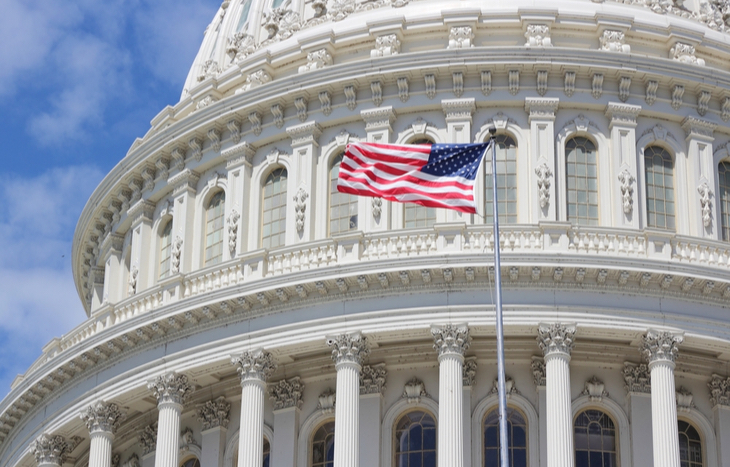SECURE Act Retirement Bill Makes Important Changes for Better or for Worse
The SECURE Act retirement bill is now in effect after President Trump signed off on it before Christmas. The new retirement legislation is part of a year-end government spending package and it will affect everyone in some way or another.
The SECURE Act stands for “Setting Every Community Up for Retirement Enhancement.” It originally passed through the House in July and the Senate approved it in mid-December. President Trump made it official on December 20 by signing the new bill into law.

What is the SECURE Act Retirement Bill?
This bill aims to prevent older Americans from outliving their assets. It also includes other crucial provisions with big changes for small business owners.
The SECURE Act will give small business owners the ability to set up “safe harbor” retirement plans. The plans are less expensive and can provide automatic enrollment for their workers. Another benefit is the use of multiple employer plans.
Multiple employer plans give small businesses the chance to band together to offer retirement accounts. Many small businesses don’t offer these benefits at all.
Small business owners now have more resources to offer benefits to their employees. On top of that, the SECURE Act retirement bill offers many more provisions. Other major changes include:
- Minimum distribution age for 401(k) or IRA increase from 70.5 to 72. Account holders can now postpone required minimum distributions until the age of 72.
- Eliminates maximum age of 70.5 for traditional IRA contributions. You can now continue to contribute as long as you have income from work.
- Employers can offer annuities as investment options within 401(k) plans more easily.
- Tax credit for employers that automatically enroll workers into retirement plans.
The changes to automatic enrollment for employers are the greatest asset to this bill. The United States needs more automatic enrollment to ensure young people are saving money.
Instead of opting in, employees have to opt out. By providing this auto enrollment, employers will receive a tax credit to offset any costs of starting the 401(k) plan or IRA.
How the SECURE Act Can Help You
These changes will encourage more employers to offer retirement benefits. According to a recent report on CNBC, more than 1 in 5 Americans (21 percent) don’t save any of their annual income.
These numbers are concerning for many reasons. The Stanford Center on Longevity reports that, by the age of 25, you should be saving 10% to 17% of your income if you plan to retire by 65. Based on the numbers above, many Americans are already well behind with retirement savings. They won’t be able to retire at a comfortable age, if at all.
The new changes will give employers more tax breaks if they provide auto enrollment. If, for whatever reason, you cannot afford to put money into your retirement at that time, you can simply opt out. However, you will now have a clear path to setting up a 401(k) or IRA through employers who previously didn’t offer any retirement benefits.
Knowing when to retire comes down to your financial stability, health, family and other factors, such as your investments. If you aren’t financially stable, you may need retirement income solutions to keep you above water. Preparation is the key for all retirees, and the SECURE Act retirement bill can help. No matter how big or small, there are some key improvements.
The SECURE Act Retirement Bill Overall Impact
The SECURE Act is encouraging to a degree, but it also has some drawbacks. Americans are having to work longer as the cost of living continues to rise. As you can see, Congress is taking notice. It’s increasing distribution ages to offset these changes, but not necessarily addressing the hardships causing these problems in the first place.
To get ahead of your finances, Investment U provides valuable tips to maintaining financial freedom through our daily e-letter. Sign up below for more information on the latest retirement and investing trends.
The SECURE Act retirement bill gives small business owners and employers across the nation a better way to provide retirement benefits. The tax incentives and automatic enrollment alone will make a huge difference. Nevertheless, prioritizing your retirement plan early can make all the difference in the future.
[adzerk-get-ad zone="245143" size="4"]About Corey Mann
Corey Mann is the Content Manager of Investment U. He has more than 10 years of experience as a journalist and content creator. Since 2012, Corey’s work has been featured in major publications such as The Virginian-Pilot, The Washington Post, CNN, MSNBC and more. When Corey isn’t focusing on Investment U, he enjoys traveling with his wife, going to Yankees games and spending time with his family.





